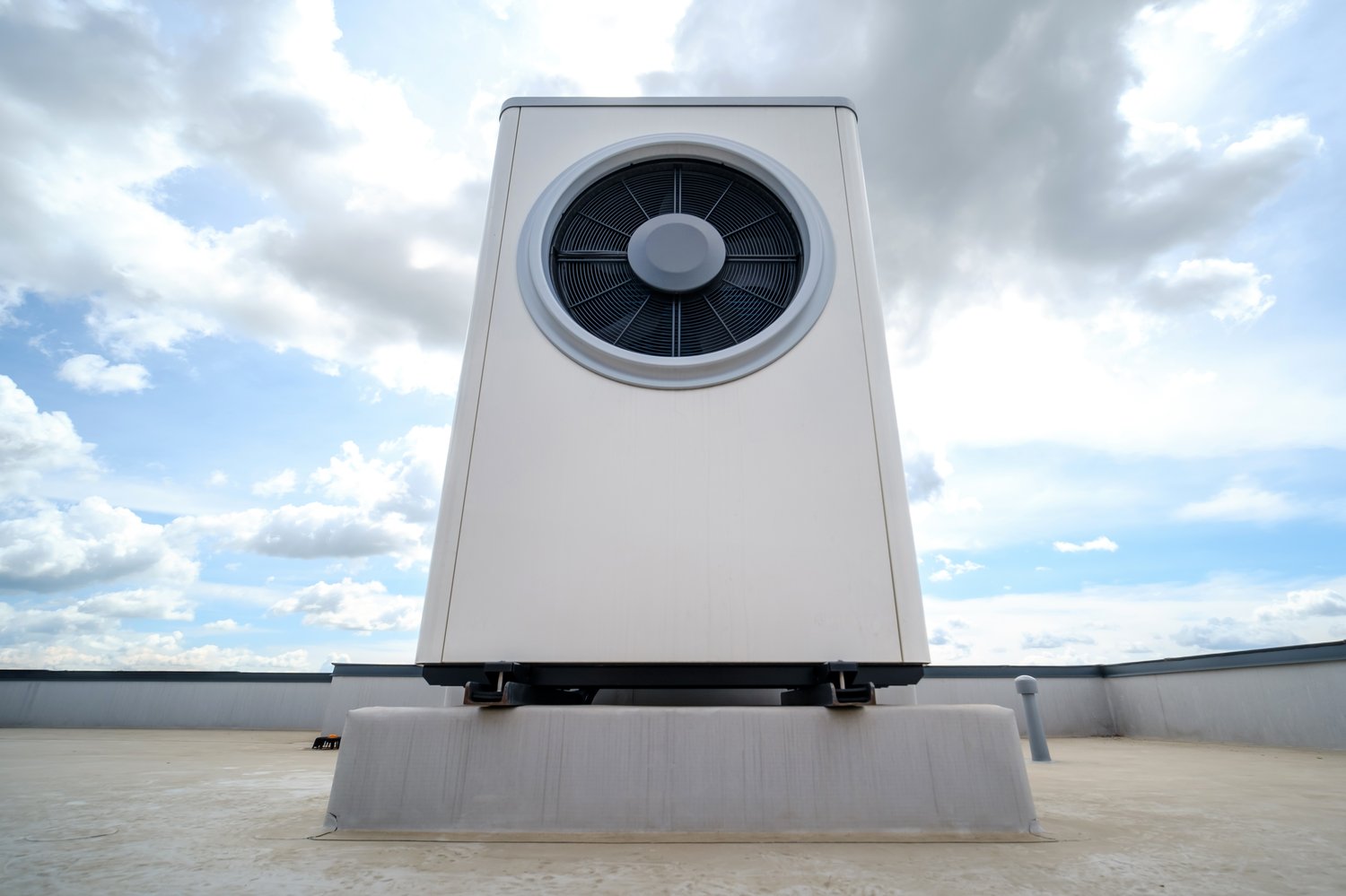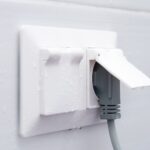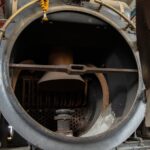Is your pool heater failing to keep your pool at that perfect temperature? This can be frustrating, especially when you’re eager for a swim. Whether it’s an unexpected chill in the water or persistent heating issues, the problem might lie with your temperature sensor or flow system. These components play vital roles in ensuring your pool heater operates efficiently, but they can sometimes malfunction, leading to significant disruptions. Let’s dive into what might be going wrong and how you can address these common issues.
- Explore how faulty temperature sensors can cause inaccurate pool temperature readings and inefficient heating.
- Learn to identify signs of temperature sensor issues, like erratic temperature displays and sudden heater shut-offs.
- Understand how flow problems can affect your pool heater’s performance, causing it to underperform.
By understanding these critical components, you will be better prepared to troubleshoot and maintain your pool heater, ensuring it’s always ready to provide the comfort you desire. Dive into the following sections to enhance your knowledge and keep your pool perfectly tempered for every swim.
Understanding Temperature Sensor Issues in Pool Heaters
The temperature sensor plays a critical role in ensuring optimal pool heater performance. When functioning correctly, it accurately detects the water temperature, guiding the heater’s operations to maintain your desired setting. However, temperature sensor failures can lead to significant problems such as inaccurate readings and inefficient heating.
Inaccurate temperature sensor readings can cause the heater to overwork or underperform, affecting energy efficiency and leading to higher operational costs. Misleading temperature data may result in a swimming pool that’s either too hot or too cold, compromising comfort and usability.
To diagnose these issues, pool owners should regularly check sensor connections for corrosion or damage. Additionally, ensure that the sensor is properly calibrated and free from debris that might affect its accuracy. By understanding these potential problems, you can proactively address sensor malfunctions before they worsen.
Identifying Common Temperature Sensor Problems
Recognizing the common signs of temperature sensor malfunction is essential for pool heater maintenance. One of the primary indicators is erratic temperature displays on your pool heater’s control panel, often showing a fluctuation that does not match the actual water temperature.
Another symptom of sensor problems is unexpected system shut-offs, where the heater abruptly stops functioning. This issue often occurs when the sensor sends erroneous signals, causing the system to react incorrectly.
Basic troubleshooting techniques involve inspecting the sensor wires for any loose or damaged connections, as these can interrupt the signal flow. Cleaning the sensor and its surroundings to remove any build-up or contaminants is also recommended.
By employing these methods, you can identify and resolve basic sensor problems, ensuring your pool heater operates efficiently. Should these troubleshooting steps not resolve the situation, it may be necessary to seek professional assistance to prevent further complications.
Flow Problems Affecting Your Pool Heater’s Performance
Pool heaters are essential for maintaining a comfortable swimming environment, especially during cooler months. However, inadequate flow rates can significantly impact your pool heater’s ability to perform efficiently. Understanding these flow-related issues is crucial for optimal pool heater operation.
A common problem associated with pool heaters is a restricted water flow. This can occur due to various reasons, such as clogged filters, blocked pipes, or improperly sized pump systems. If water is not circulating as it should, the heater cannot function properly, leading to inconsistent heating and increased energy consumption.
One of the first signs of flow issues is often reduced heating performance. If your pool is not reaching the desired temperature despite having the heater running, checking the flow rate should be a priority. In some cases, the heater may also shut off unexpectedly if it’s not getting sufficient water flow.
To identify flow problems, start by inspecting the pool’s circulation system. Ensure that all valves are open and that the filter is clean. Check for any visible obstructions in the pipes that might be causing the blockage.
Another key area to examine is the pump. Ensure it is correctly sized for your pool’s volume and that it is functioning optimally. A pump that’s too small won’t provide adequate flow, while an excessively large pump can cause undue pressure, potentially damaging the system.
In instances where you cannot pinpoint the issue or if the problem persists, it might be necessary to seek the assistance of a professional pool technician. They can conduct a thorough inspection and provide solutions tailored to your specific system needs. Properly addressing flow problems will not only enhance your heater’s performance but also extend its lifespan.
Frequently Asked Questions About Pool Heater Issues
Why is my pool heater showing inaccurate temperature readings?
Inaccurate readings might be due to a malfunctioning temperature sensor. Check the sensor for damage or loose connections.
What are signs of a faulty temperature sensor?
Look for erratic temperature displays, sudden system shut-offs, or an inability to reach the desired temperature.
How do flow problems affect my pool heater?
Inadequate water flow can prevent the heater from operating efficiently, leading to underperformance or failure to heat.
What should I check if my pool heater has flow problems?
Ensure that the pump and filter are clean and functioning. Check for blockages or leaks in the circulation system.
When should I consult a professional for pool heater issues?
If basic troubleshooting doesn’t resolve the issue, or if you notice persistent problems, seek professional help for a comprehensive inspection.





